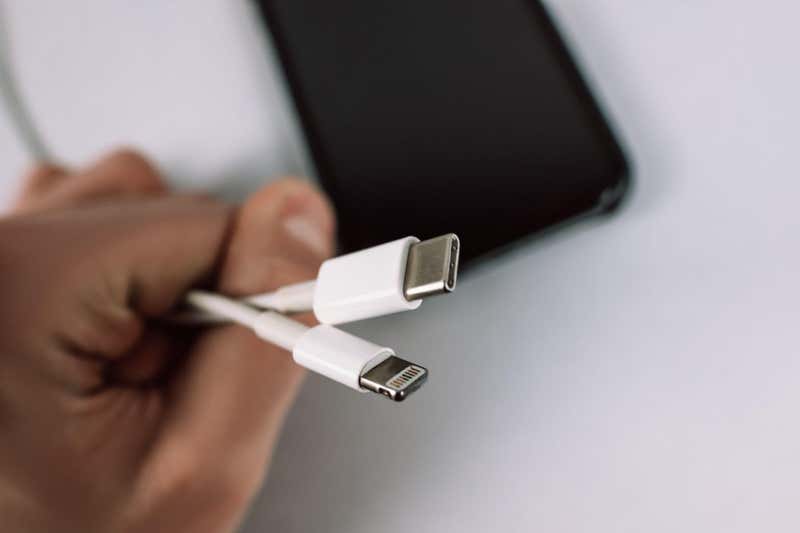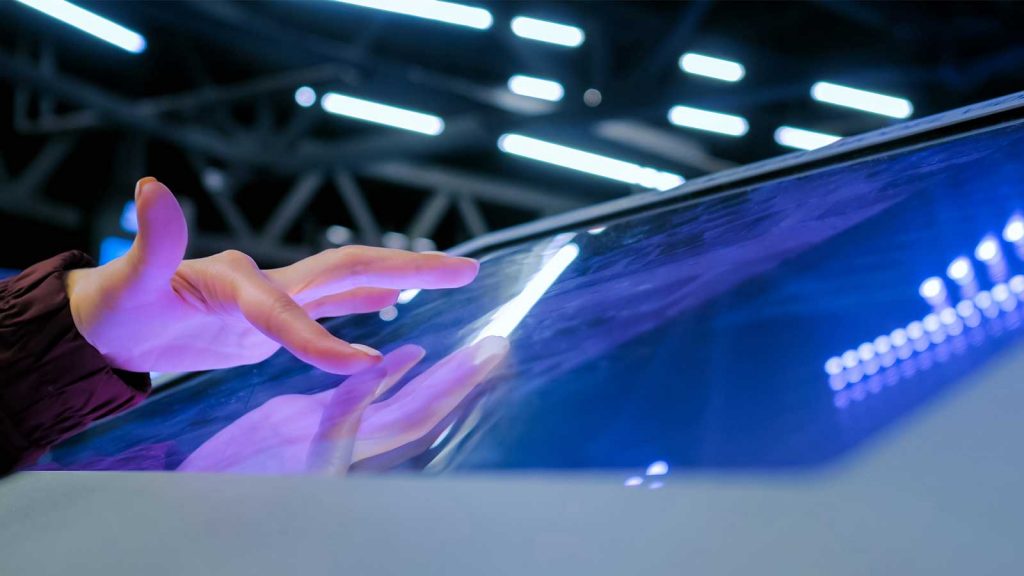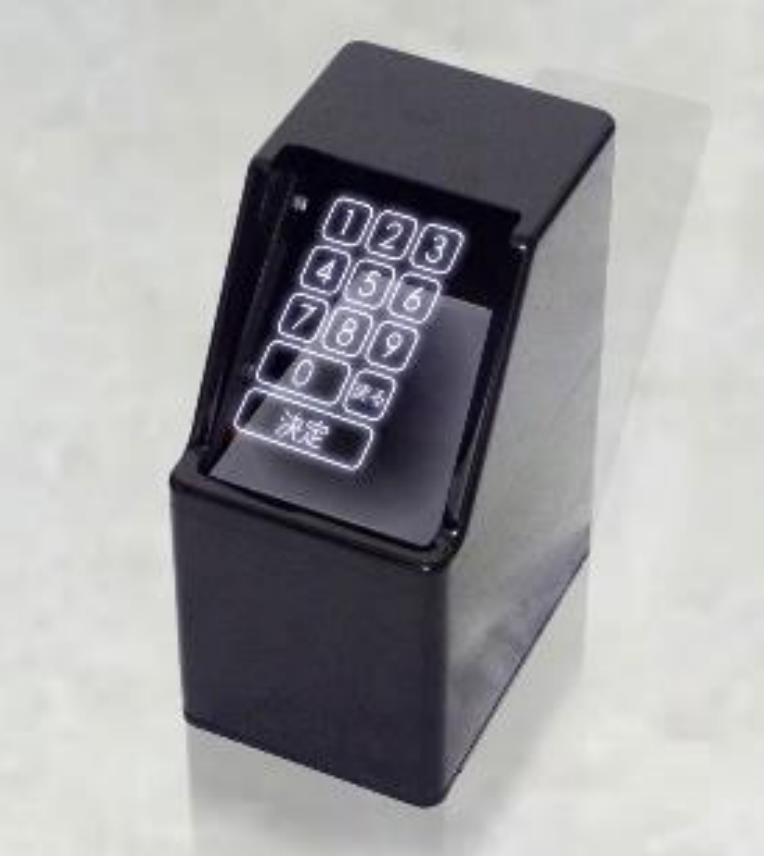Are your chargers piling up in your drawer? A new rule proposed by the European Commission forces manufacturers to produce a universal charging solution using Type-C USB for small electronic devices such as smartphones. As Apple has been the sole company with the lightning cable, is this a delightful news or a nightmare for them?
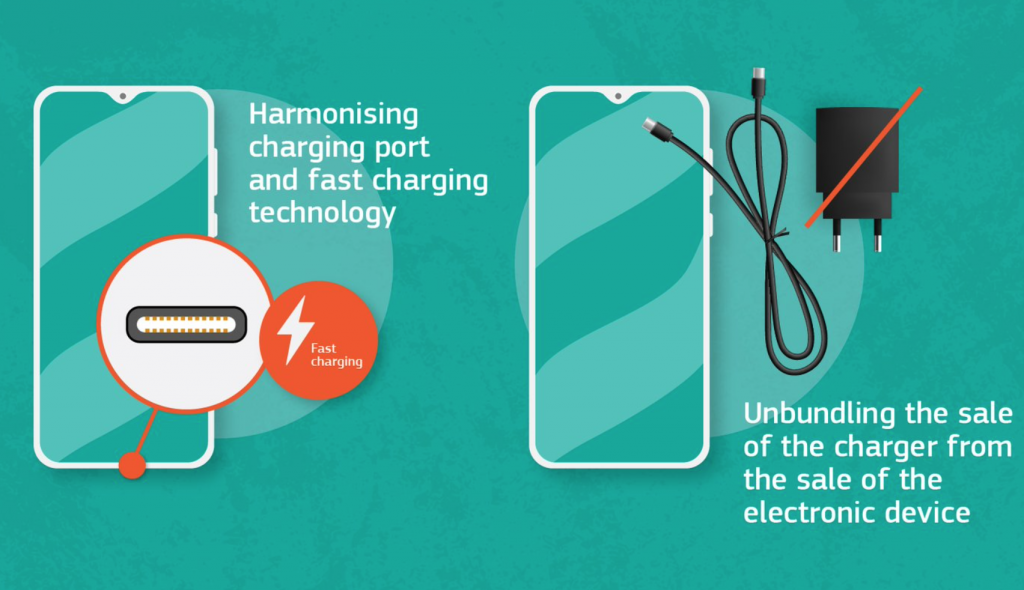
New Regulation
On September 23rd, the European Commission (EC) has announced its proposal that all small electronic devices in the EU must have the USB-C charger. Small electronic devices include: Smartphones, tablets, cameras, headphones, portable speakers and handheld video game consoles. Smaller electronic devices such as earbuds, smart-watches and fitness trackers were not considered for technical reasons linked to size and use conditions. This proposal also standardizes the charging speed as USB-C was known for its fast-charging capabilities, which will no longer be a selling point.

Waste Reduction
According to the EC impact assessment in 2019, around half of charging cables sold with a phone were micro-USB, 29% were USB-C and 21% were lightning connectors from Apple. This is already an improvement compared to the 30 different charging cables that were on the market back in 2009. However, the research estimates that around 11,000 tonnes of waste are generated per year from unused charging cables. Therefore, the EC suggests that unbundling the sales of the chargers from the sales of smartphones, and having only one common charging cable for all your devices would lead to less waste production.

Apple’s Response
As we can all imagine, as the innovators of the lightning cable, Apple will be the one to take a big hit. Its response to this new proposal was the following: “We remain concerned that strict regulation mandating just one type of connector stifles innovation rather than encouraging it, which in turn will harm consumers in Europe and around the world.” This is a sound argument from Apple as the investment in charging cables will have to become more of a collective effort between different tech companies. Possibly leading to slower innovation. However, Apple has a clear incentive for refusing the universal charging port. Losing its Made-for-iPhone licencing program will lead to tens of billions of losses.

Does it also encourage innovation?
While Apple says that this regulation proposed by the EC will stifle innovation, it could be said that it will encourage innovation specifically in smartphones. As the charging ports become universal, the switching costs for the customers will decrease. Therefore, the competitors will strive for a more innovative smartphone instead of focusing on competitive chargers.

Apple’s History
In 2009, a voluntary agreement known as a “memorandum of understanding” was reached between different phone companies in order to coalesce around a few universal chargers. This was also signed by Apple. However, it is the development of the iPhone 5 that led Apple to step away from the voluntary agreement. The iPhone 5 had a 12% more compact size than the previous iPhone 4s. Thus, to free up space for the internal components, Apple needed a smaller charging connector than their previous 30-pin connector. The phone companies in the agreement at the time were developing the next generation USB-C, but it was only expected to be completed in 2014. Therefore, Apple had to decide whether they would sacrifice the compact design of the iPhone 5, or they could create their own connectors and cause fragmentation not only in the smartphone industry but also within their product ecosystem. Finally, Apple decided to implement the latter, causing huge amounts of backlash from users in 2012, who were frustrated that the previous accessories were now obsolete. After such backlash, Apple did not want to implement another change in their accessories with the USB-C connectors in 2014. It decided to continue using the lightning cable for as long as possible, and implement it into other Apple products such as the Air Pods.
Was it beneficial for Apple?
Apple is able to change their connectors now without receiving too much backlash from its users as this was a regulation proposed by the EC. Therefore, in a way, the EC has helped Apple to change back to its original strategy to have a universal connector amongst all phone companies.
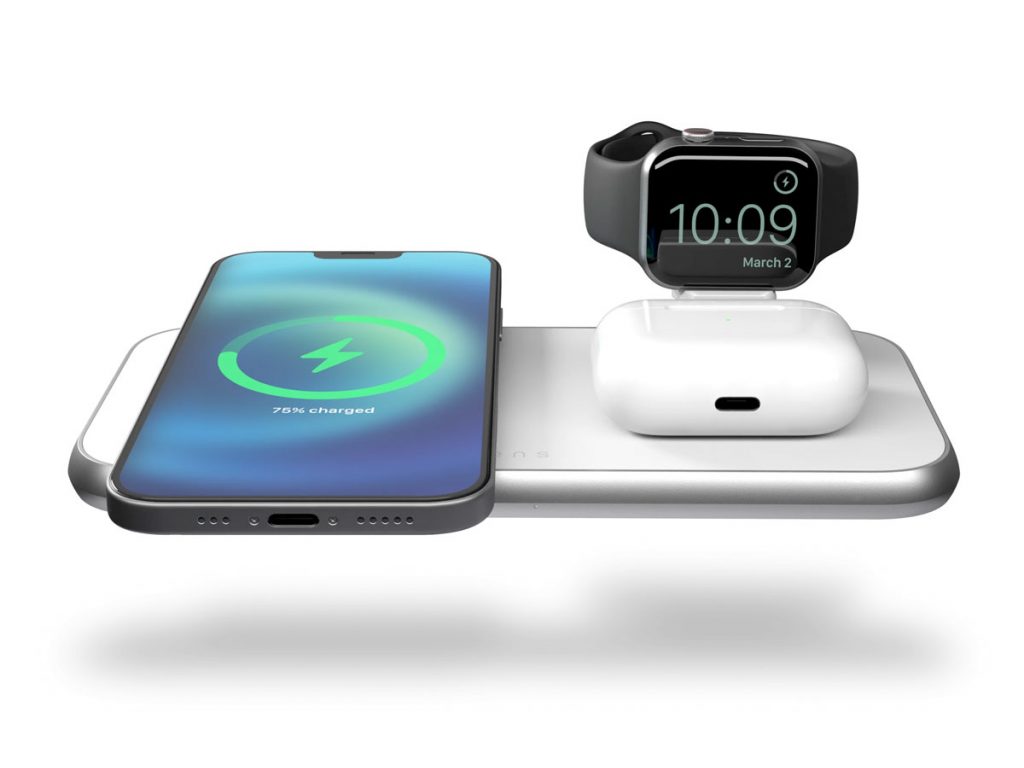
Conclusion and Future Prediction
With this new proposed regulation, the EC is trying to reduce E-waste and trying to move towards to a society in which we consume differently. Smarter and less. This change may lead to initial significant costs for Apple, however, these might be lower than expected. Firstly, until the regulation is set in place and all Apple products with lightning connectors become obsolete, consumers will still be buying lightning cables. Furthermore, Apple has already made plans to implement magnetic wireless charging ports, thus, the future iPhones might not even have a charging port and will be completely wireless. As always, regulation and policy lag behind innovation, however, this regulation could accelerate the move towards wireless charging and a more coherent smartphone industry.
Sources:
https://ec.europa.eu/commission/presscorner/detail/en/IP_21_4613
